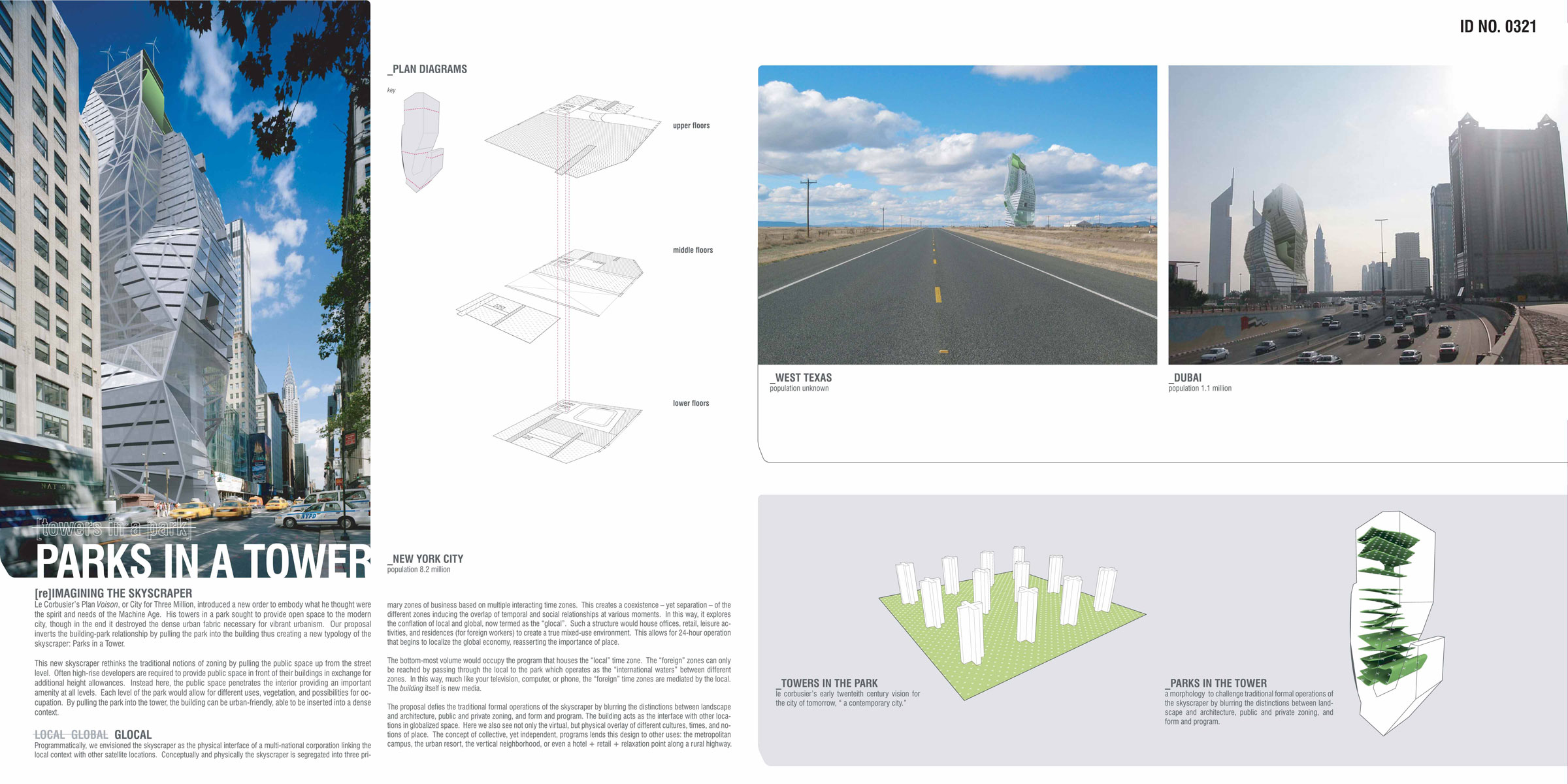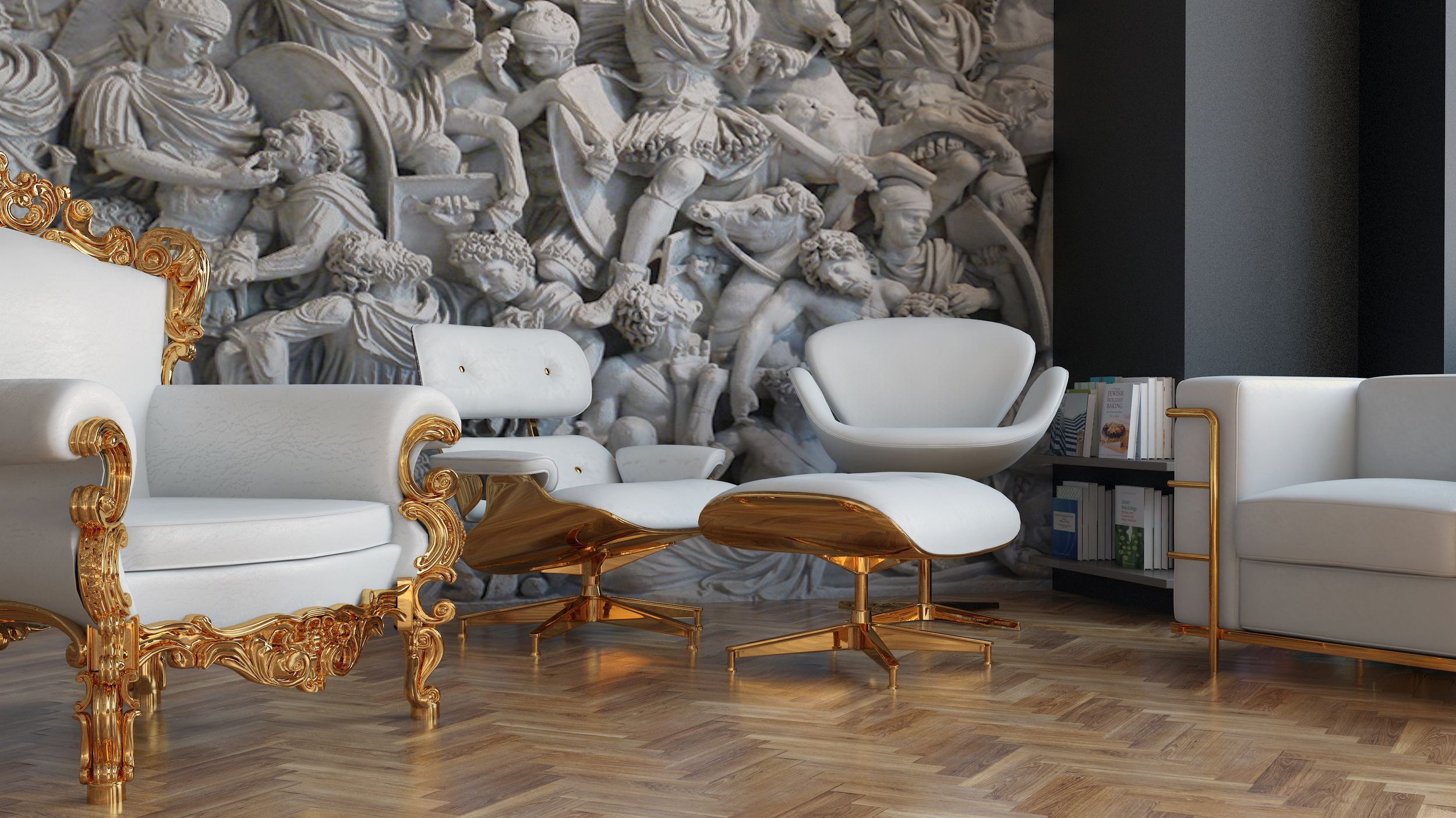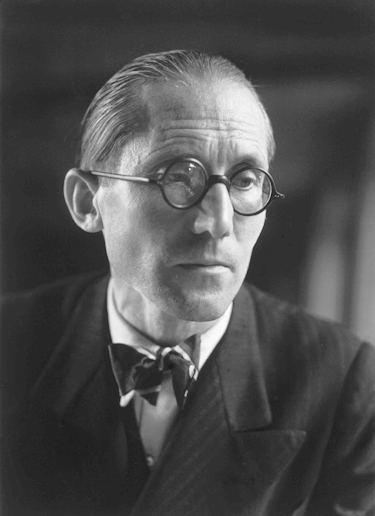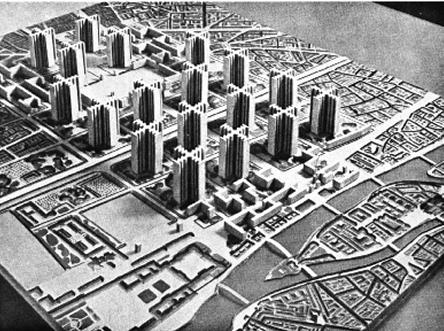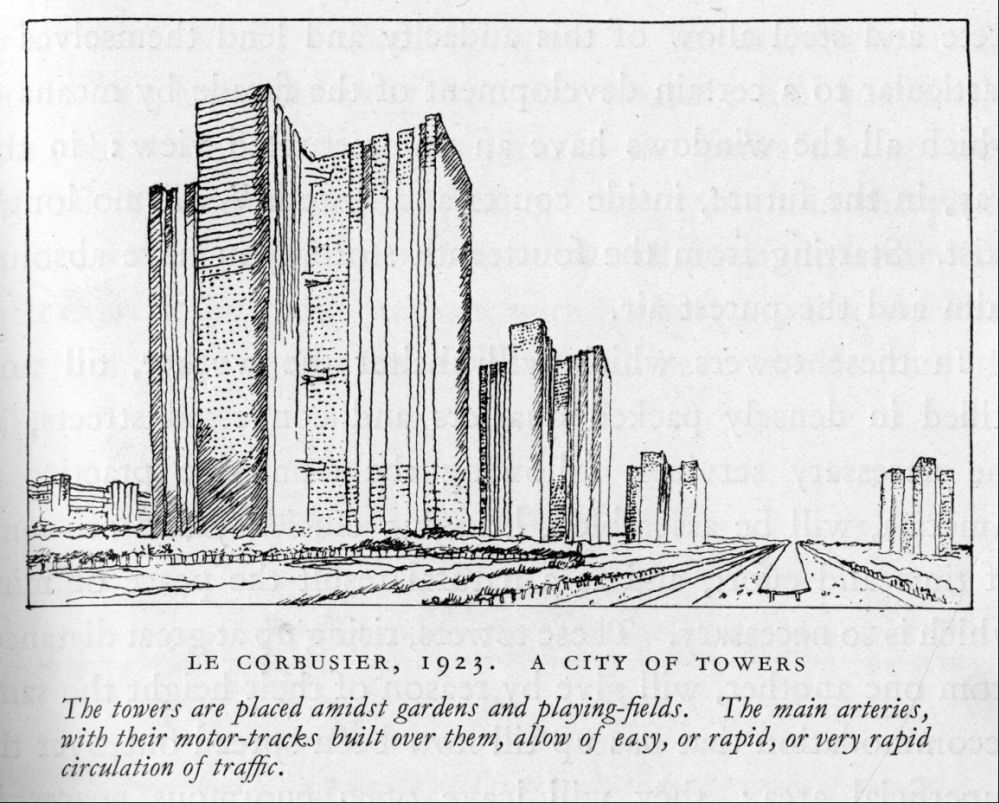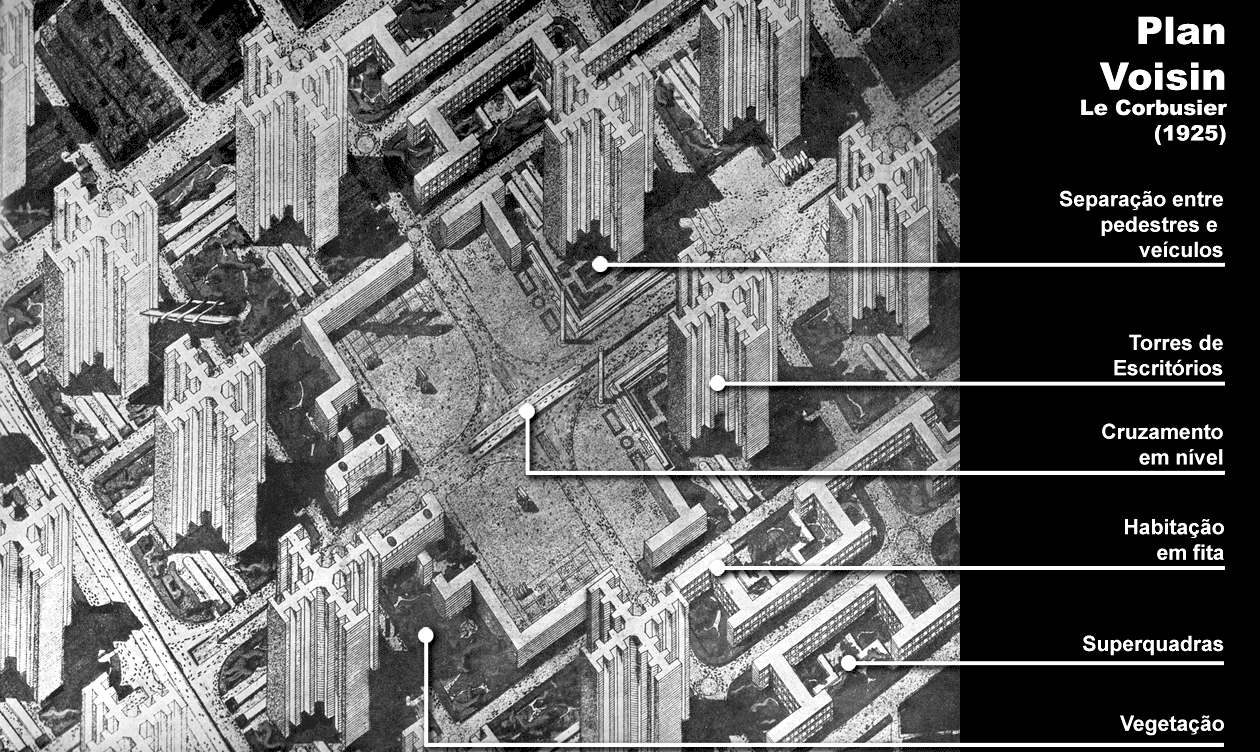Le Corbusier's musings on black culture, especially music, is one of the lesser known aspects of his life. Here is a list of ten things about Le Cobusier and Black Culture that you probably never learned while in architecture school.
Read MorePress Release
September 19, 2015 - The University of Illinois at Urbana Champaign (UIUC) hosted Michael Ford during his Hip Hop Architecture lecture tour. Ford was a keynote speaker during the National Organization of Minority Architects Students (NOMAS) Symposium titled, Breaking The Glass Ceiling.
Read MoreHip Hop has established itself as a gravitas culture that crosses borders of race, ethnicity, class, religion and professions. Members of the hip hop generation carry the residue of the culture into all spaces they inhabit and their individual works are seasoned with its’ flavor. As professionals continue to argue the academic validity of hip hop and disseminate the social significance of rap, it is time architectural professionals learn the benefit the culture provides to its’ practitioners.
Read MoreArtst Talk, is a new take on the talk show format hosted by award winning producer, artist, designer, and businessman Pharrell Williams. Each episode features two special guests at different career stages to discuss their work, motivations, inspirations, and philosophies. In this episode, "Pharrell Williams discusses starchitecture with his guests Alex Gorlin, architect, and Daniel Arsham, artist. Gorlin then discusses his work with Common Ground, a non-profit that helps produce housing for homeless people that positively impacts the neighborhood.
Read MoreLe Corbusier’s Plan Voison, or City for Three Million, introduced a new order to embody what he thought were the spirit and needs of the Machine Age. His towers in a park sought to provide open space to the modern city, though in the end it destroyed the dense urban fabric necessary for vibrant urbanism. This Evolo Skyscraper competition submission by Chris Lee and Marcus Carter inverts the building-park relationship by pulling the park into the building thus creating a new typology of the skyscraper: Parks in a Tower.
Read More"...you know, this one [Le]Corbusier lamp was like, my greatest inspiration. I lived in Paris in this loft space and recorded in my living room, and it just had the worst acoustics possible, but also the songs had to be super simple, because if you turned up some complicated sound and a track with too much bass, it’s not going to work in that space. This is earlier this year. I would go to museums and just like, the Louvre would have a furniture exhibit, and I visited it like, five times, even privately. And I would go see actual Corbusier homes in real life and just talk about, you know, why did they design it? They did like, the biggest glass panes that had ever been done. Like I say, I’m a minimalist in a rapper’s body. It’s cool to bring all those vibes and then eventually come back to Rick [Rubin], because I would always think about Def Jam." - Kanye West
Read MoreOn Friday, February 13, 2015 I will team with Eryk "The Arch-E-Tect" Christian to deliver a lecture at University of Wisconsin Milwaukee's School of Architecture and Urban Planning titled, "LeCorbusier, The Forefather of Hip Hop?". The lecture focuses on the subconscious contributions of famed architects and urban planners to the environments which necessitated the birth of hip hop culture. This lecture will culminate with urban culture’s influence on the architectural profession through three interconnected realms: academic research, professional practice and media, ultimately introducing a new architectural style, one inspired by hip hop culture.
Read MoreHere is an essential criticism of LeCorbusier's visionary plan for the center of Paris which further links LeCorbuser to the origin of hip hop culture. In 1935 as The City of Detroit built the first federally funded housing development specifically for African Americans which was based on Le Corbusier's "Towers in The Park" scheme, a French architectural critic took to the magazine, L’Architecte to warn the world of the sociological impact the towers and its programming would have on it's inhabitants. In my opinion, this criticism of LeCorbusier's urban renewal schemes, serve as a prediction to the birth of hip hop culture.
Read MoreToday, Tiffany Brown, a former resident of Detroit's public housing who received her master’s degree in architecture from Lawrence Technological University is the new leading lady at the Brewsters nearly 80 years after the ribbon cutting by former first lady Elanor Roosevelt.. She represents Hamilton Anderson Associates as the construction administrator during demolition. How ironic is it that one who transcended the limitations of being born and raised in the public housing systems of Detroit is now the architectural representative coordinating the demolition process,
Read MoreDuring the preparations for my Hip Hop Inspired Architecture exhibit at the AIA Convention, I worked with professionals including hip hop artist, architects and photographers from all around the country to put on a successful show. The commonality amongst these professionals is the love of hip hop. I must say that their love for hip hop is deeper than the superficial infatuation with pop culture, these professionals, just as I, can easily profess "I AM HIP HOP"! Check out my post about GB Cortez.
Read MoreOn June 24 at the 2014 AIA National Convention, I had the privileged of exhibiting my research endeavors which are centered about the creation of an architecture inspired by hip hop culture. The research, which can be discovered by exploring the previous post on my blog, positions prominent architectural practitioners and historical figures such as Le Corbusier and former first Lady Eleanor Roosevelt at the helm of creating the architectural environments which prompted the birth of hip hop culture. The research then transitions to tell the story of the individuals born into hip hop culture and raised in those environments who are now architectural practitioners and creating a new style of socially conscious, technologically innovative architecture.
Read MoreArtist Stefan Zwicky created a replica of LeCorbusier's chair in a brutalists' fashion. Sleek stainless steel supports have been replaced with thick gauged structural rebar and the once comfortable leather seating now precast concrete. When I view this artist representation, I am immediately called to compare the philosophy behind it's interpretation to that of the architectural interpretations of LeCorbusier's Plan for Paris as it was implemented in the South Bronx in such a brutal way.
Read MoreThe renderings of modified popular furniture pieces were created by me, from right to left you have, LeCorbusier's Arm Chair, Arne Jacobsen's Swan Chair, Charles and Ray Eames' Lounge Chair and the "Watch The Throne Chair" by BrandNU. Check out my "Making of The Throne" blog series to follow the design and fabrication of the Throne Chair.
Read MoreThis blog is about my first publication related to Hip Hop Inspired Architecture and Design, outside of my thesis at University of Detroit Mercy. The article details how LeCorbusier and his grand architectural visions inadvertently contributed to the creation of the environments which birthed Hip Hop. Thus deeming him, the first hip hop architect.
Read More

